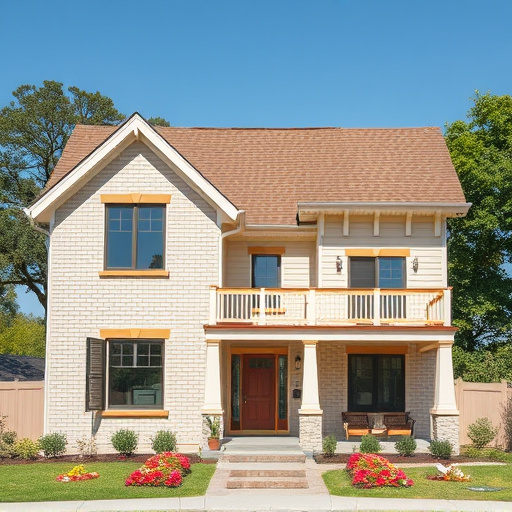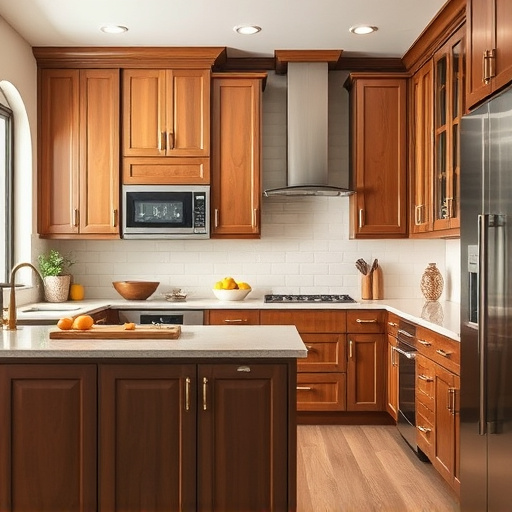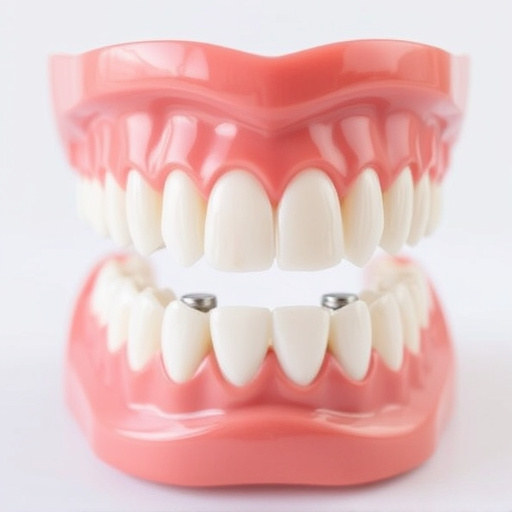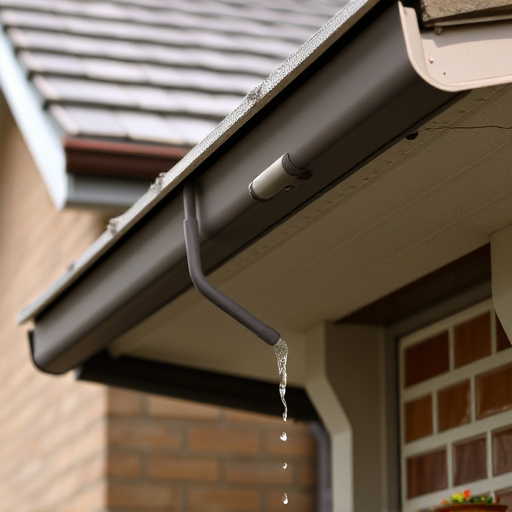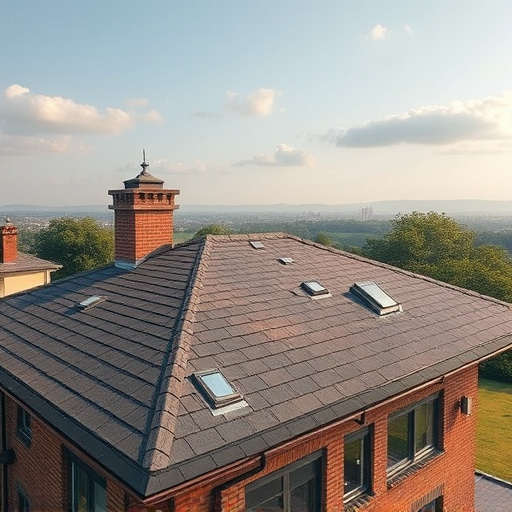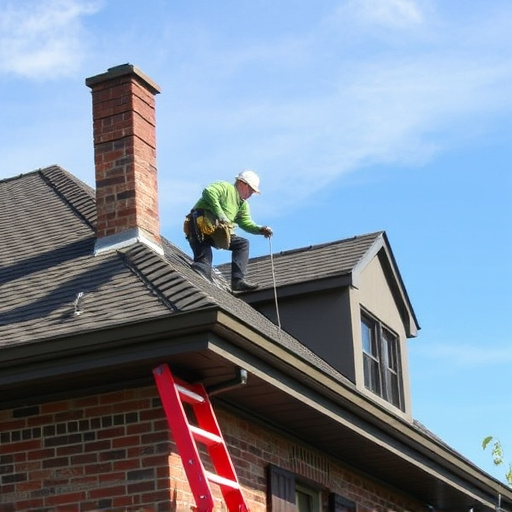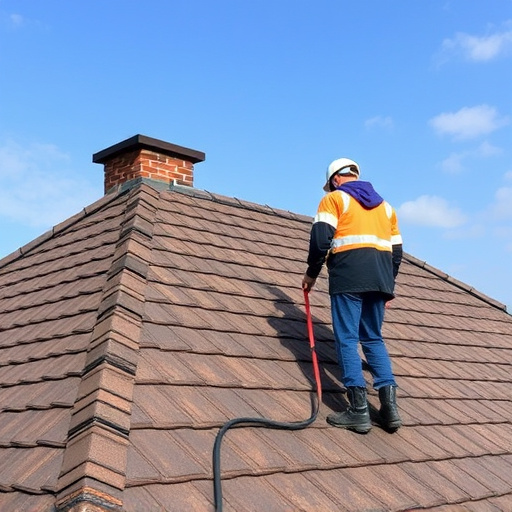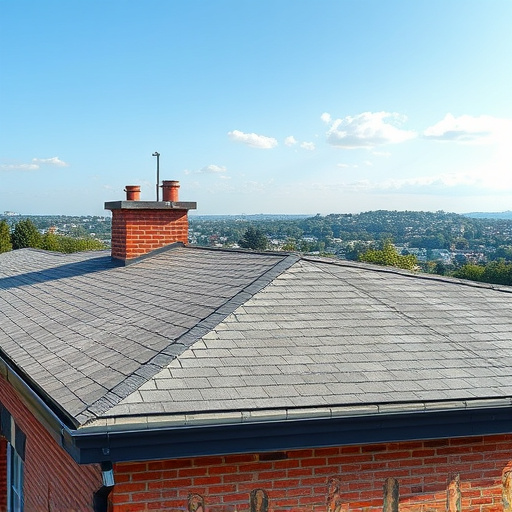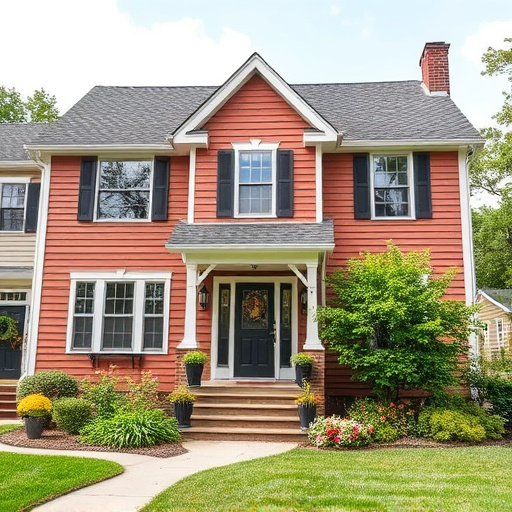Moisture control is critical for designing and maintaining a siding system in residential areas, preventing wood rot, mold, and reduced insulation efficiency. Key strategies include proper ventilation, detailed flashing around windows and doors, and using breathable siding materials. High-quality options like vinyl and fiber cement, along with tight seals and professional installation, offer superior protection against water intrusion and moisture damage, ensuring structural integrity and aesthetic appeal for both residential and commercial properties.
Moisture control is a crucial aspect of any successful siding system design, preventing costly damage and ensuring longevity. This article explores the common moisture issues that can plague siding systems and provides essential strategies for effective control. From understanding the causes to choosing the right materials and designs, you’ll discover practical tips to safeguard your siding against moisture-related problems. Implement these measures to protect your investment and maintain a beautiful, durable siding system.
- Understanding Moisture Issues in Siding Systems
- Essential Strategies for Effective Moisture Control
- Choosing the Right Materials and Designs to Resist Moisture Damage
Understanding Moisture Issues in Siding Systems
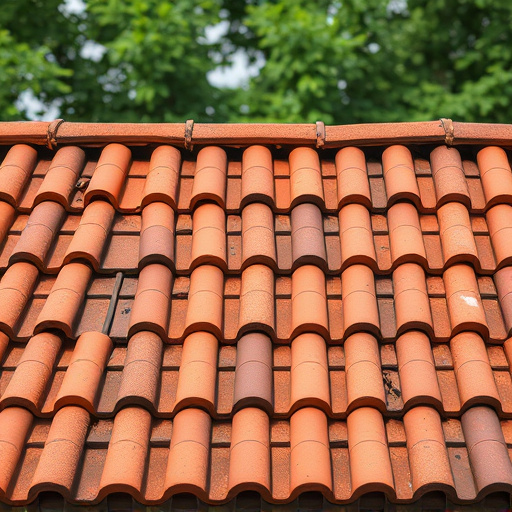
Moisture control is a critical aspect of any siding system design, as it directly impacts the longevity and aesthetic appeal of the exterior cladding. In residential areas, where roofing services are often called upon to install or repair siding, understanding moisture-related challenges is essential. The primary issue lies in the fact that siding materials can become saturated from various sources, such as heavy rainfall, condensation, or even high humidity levels. This moisture infiltration can lead to significant problems over time, including wood rot, mold growth, and reduced insulation efficiency.
In the realm of residential roofing, addressing moisture control involves a strategic approach. Proper ventilation systems, seamless flashing around windows and doors, and the use of breathable siding materials are key components. By ensuring these elements are in place, homeowners and contractors can safeguard against the detrimental effects of excess moisture, thereby enhancing the overall performance and durability of the siding system. This is particularly crucial for maintaining the structural integrity and curb appeal of any residential siding.
Essential Strategies for Effective Moisture Control
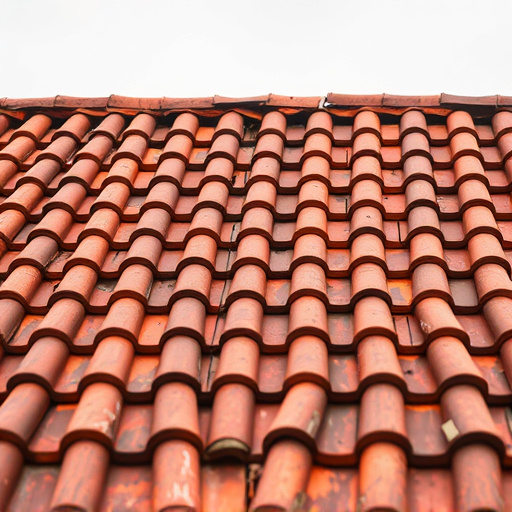
Maintaining a dry and healthy siding system is crucial for any property, ensuring its longevity and aesthetic appeal. To achieve this, several essential strategies must be implemented. First and foremost, proper ventilation is key; allowing air to circulate effectively prevents moisture buildup within walls and cavities. Integrating breathable membranes and incorporating vents in the design can significantly enhance drainage.
Additionally, selecting the right materials plays a pivotal role. Waterproof barriers, high-quality siding products, and durable underlayments are essential components of any residential siding project. These roofing solutions not only shield against moisture but also provide an extra layer of protection against storm damage repair needs, which can be frequent in regions with harsh weather conditions.
Choosing the Right Materials and Designs to Resist Moisture Damage
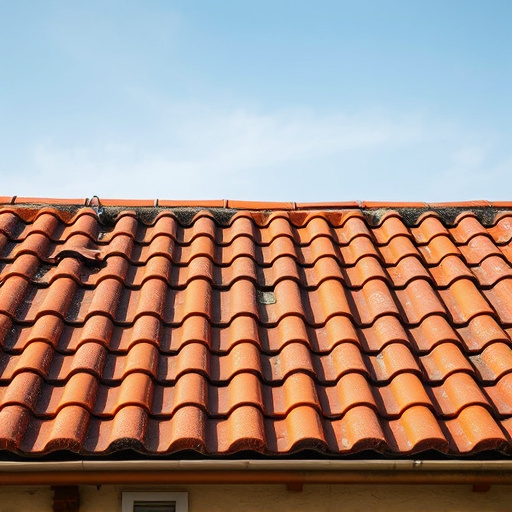
When designing a siding system with long-term moisture resistance in mind, material selection is paramount. Opt for high-quality materials that offer superior protection against water intrusion. Vinyl and fiber cement are popular choices due to their durability and ability to withstand harsh weather conditions. These materials effectively prevent moisture from seeping into the walls, thus reducing the risk of rot, mold, and other damaging effects.
Additionally, consider the design aspects to enhance moisture control. Overlapping panels or designs that allow for a tight seal can significantly reduce water penetration. Incorporating proper flashing around windows, doors, and corners ensures no gaps exist for moisture to enter. Professional installation of these materials and designs by home service solutions is key to achieving an effective siding system that protects against both residential and commercial roofing challenges, including siding repairs caused by moisture damage.
Moisture control is a critical aspect of any successful siding system design. By understanding the common moisture issues, implementing effective strategies, and selecting appropriate materials, you can significantly enhance the durability and longevity of your siding. These tips ensure that your siding remains in pristine condition, protecting your home from potential water damage and maintaining its aesthetic appeal for years to come. Remember, a well-designed and maintained siding system is essential for any property’s overall health and value.



